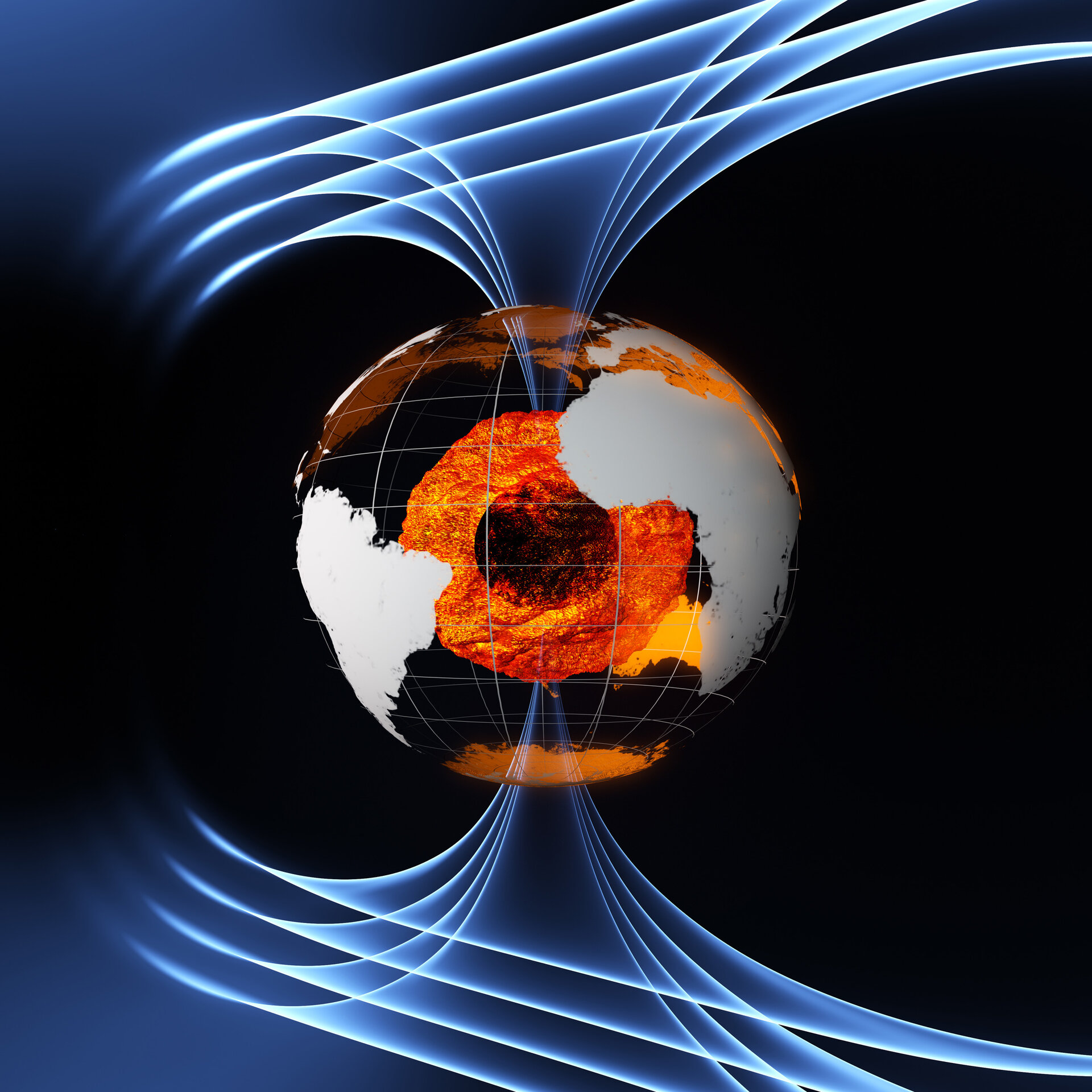ESC Geomagnetic Conditions
Geomagnetic Conditions Expert Service Centre (G-ESC)
Mission Statement
{{ esc.esc_mission_statement }}
 Illustration of the Earth's magnetic field (© ESA/AOES Medialab)
Illustration of the Earth's magnetic field (© ESA/AOES Medialab)The Earth's magnetic field exhibits variations on a wide range of time scales: slow variation over years and centuries, regular diurnal variations, magnetic storms with violent, rapid and irregular fluctuations, and tiny pulsations with periods of a fraction of a second. Typically, magnetic storms go through a sequence of phases which altogether last for several days. They are observed globally, but are particularly strong in the Polar Regions, eg. northwest Russia, Finland, Scandinavia, Iceland and Greenland. In addition, major and severe storms can be detected in central Europe.
Geomagnetic storms represent the terrestrial end of the Space Weather chain starting at the Sun, and propagating through interplanetary space. Upon approaching the Earth, the terrestrial magnetosphere is perturbed, subsequently generating magnetic fields observed at the ground as magnetic storms. These disturbances induce electric fields in the ground which in turn drive electric currents potentially harmful to technical installations such as power grids and long pipelines.
Monitoring the geomagnetic storm evolution can be done from a range of space and ground based vantage points. Ground based magnetometer stations provide a valuable contribution here owing to a large number of stations in Europe operating with continuous recording. Data from these stations are important for monitoring harmful effects at the ground, but equally important, they also form an indispensable part of the information needed to describe the state of the ionosphere and magnetosphere, and therefore complete the overall Space Weather picture.